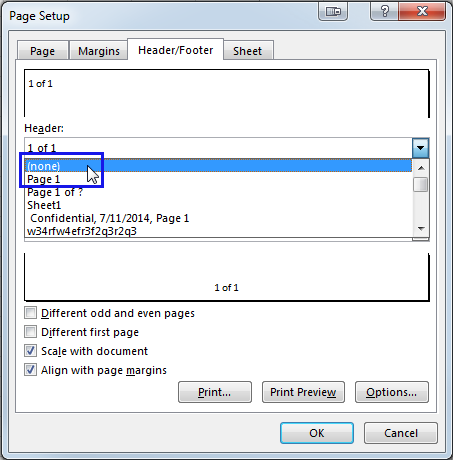

This tab is arranged into the Get External Data, Connections, Sort & Filter, Data Tools, and Outline groups.
Data: Use this tab when importing, querying, outlining, and subtotaling the data placed into a worksheet’s data list. Note that this tab also contains a Solutions group when you activate certain add-in programs, such as Conditional Sum and Euro Currency Tools. This tab is arranged into the Function Library, Defined Names, Formula Auditing, and Calculation groups. Formulas: Use this tab when adding formulas and functions to a spreadsheet or checking a worksheet for formula errors. This tab is arranged into the Themes, Page Setup, Scale to Fit, Sheet Options, and Arrange groups. Page Layout: Use this tab when preparing a spreadsheet for printing or reordering graphics on the sheet. This tab is arranged into the Tables, Illustrations, Sparklines, Filter, Charts, Links, and Text groups. Insert: Select this tab when adding particular elements (including graphics, PivotTables, charts, hyperlinks, and headers and footers) to a spreadsheet. This tab is arranged into the Clipboard, Font, Alignment, Number, Styles, Cells, and Editing groups. Use this tab when creating, formatting, and editing a spreadsheet. Home: You’ll probably spend most of your time with the Home tab selected. The Ribbon is arranged into groups of related commands. The commands available in the Ribbon vary, depending upon which tab is selected. 
In addition, the Ribbon can be customized in Excel 2010. Most features in Excel 2010 are available through the commands on the Ribbon tabs. Excel 2010 comes with a new user interface called the Ribbon, which consists of a series of horizontal tabs, each containing a variety of commands grouped according to function.






 0 kommentar(er)
0 kommentar(er)
